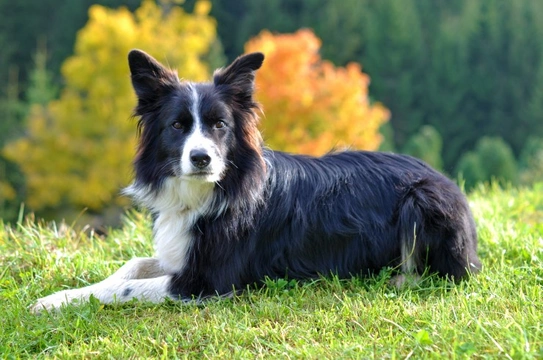Pets
Pets for studWanted petsBreedersAccessories & services
Knowledge hub
Support
Support & safety portal
Neuroaxanol Dystrophy in Dogs
Neuroaxonal dystrophy in dogs is a disorder that appears to affect certain breeds more than others. It is a neurodegenerative disease that negatively impacts a dog's brain causing swelling which then leads to cell degeneration within the brain. Sadly, research has established that a dog's sensory system is negatively impacted when they suffer from neuroaxonal dystrophy and as such the prognosis is never good when they are diagnosed as suffering from the condition.
Neuroaxonal Dystrophy Explained
The disorder is often referred to as NAD and studies have shown that it is caused by what is known as an autosomal recessive gene. When the disorder is acquired, studies have suggested it could be a secondary condition that develops as a result of a deficiency in Vitamin E or because of one of the following reasons:
- Contact with toxins
- An age-related disorder
The Breeds Most at Risk
As previously mentioned, certain breeds appear to be more predisposed to suffering from NAD than others and this includes the following breeds:
- Border Collie
- Chihuahua
- Jack Russell Terrier
- Labrador Retriever
- Papillon
- Rottweiler
- Giant Schnauzer
With this said other breeds can be affected, however, the cases are fewer than in the breeds mentioned above.
Signs to Watch Out For
When dogs develop neurosaxanol dystrophy, there are certain symptoms to watch out for which are typically associated with the disorder and these include the following:
- Chronic ataxia on all four legs that gets progressively worse as time goes by
- Hypermetria – a condition that sees dogs having difficulty in judging distances and therefore constantly overreaching
- Cerebellar dysfunction which includes tremours, cerebellar ataxia and nystagmus
- Weakness
- A lack of awareness of surroundings, cognitive dysfunction
Research has established that in Border Collies and Rottweilers, clinical signs of there being something wrong with a dog typically start to manifest themselves when a Rottweiler is just a few months old whereas in Border Collies, the symptoms start to show themselves when they are around twelve months old.
Diagnosing the Condition
Unfortunately, the only way of confirming if a dog has suffered from NAD is to carry out an autopsy on their brain tissue once they have succumbed to the condition. However, a vet would base a first diagnosis on the clinical signs a dog displays of there being a problem and by carrying out certain tests with an end goal being to eliminate any other underlying health issues that boast having similar symptoms associated with them.
Treatment Options
Again, sadly there are no effective treatment options for dogs suffering from neurosoaxonal dystrophy. As such, supportive care is essential for dogs suspected of suffering from NAD once they have been diagnosed as suffering from the condition.
Prognosis
The prognosis is never good for dogs suspected of having developed neuroxanol dystrophy with most dogs succumbing to the disorder relatively quickly because of its progressive, degenerative nature.



